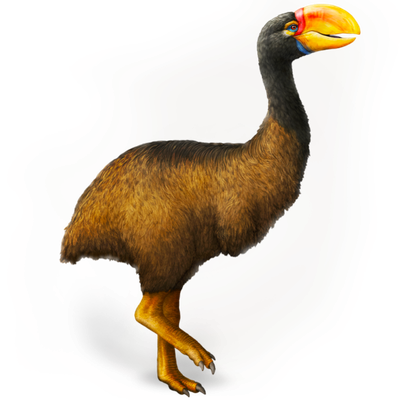Your search returned 26 results
By Page Type
By Tag
- All
- fish (966)
- blog (696)
- fishes of sydney harbour (401)
- First Nations (299)
- Blog (236)
- AMRI (169)
- archives (164)
- Eureka Prizes (146)
- Aboriginal and Torres Strait Islander (135)
- insect (126)
- Ichthyology (124)
- geoscience (109)
- minerals (102)
- climate change (100)
- podcast (94)
- Fish (91)
- Anthropology (89)
- International collections (80)
- Minerals Gallery (78)
- wildlife of sydney (78)
- Labridae (77)
- frog (74)
- gemstone (70)
- history (64)
- photography (64)
- Mollusca (60)
- gem (59)
- staff (59)
- Birds (56)
- Gems (56)
- Indonesia (56)
- education (56)
- shark (55)
- AMplify (54)
- people (53)
- earth sciences (50)
- past exhibitions (50)
- exhibition (49)
- Gobiidae (48)
- sustainability (46)
- Pomacentridae (45)
- Serranidae (44)
- lifelong learning (42)
- science (42)
- Earth and Environmental Science (41)
- Syngnathidae (41)
- Ancient Egypt (40)
- Bali (40)
- bird (40)
- dangerous australians (40)
-
Herbivorous heavyweights
https://australian.museum/learn/dinosaurs/the-dinosaur-giants-club/One group of plant-eaters grew to become the biggest land animals ever. These were the sauropods - impressive long-necked, four-legged giants.
-
Dinosaur Diets for preschool groups
https://australian.museum/learn/teachers/at-the-museum/museum-minis-preschools/Preschool students will get up close to objects and specimens and learn about the fossil evidence studied by palaeontologists.
-
Tyrannosaurs Timelapse: Articulation of a Dinosaur
https://australian.museum/learn/news/blog/tyrannosaurs-timelapse-articulation-dinosaur/A row of huge timber boxes from Canada, sitting at the back of our cavernous Gallery One, was the first sign that the beginning was nigh.
-
Dinosaurs and their relatives
https://australian.museum/learn/dinosaurs/Discover the Mesozoic era of the dinosaurs! Dinosaurs are classified as a group of reptiles, although some of their features are found in mammals and birds living today.
-
Dinosaurs living together
https://australian.museum/learn/dinosaurs/dinosaurs-living-together/Did dinosaurs live on their own or in groups? There is good evidence that many did form social groups. Plant-eaters would have found safety in numbers, while predators may have hunted in packs and benefited from co-operation.
-
Dinosaur lifecycles: from go to woe
https://australian.museum/learn/dinosaurs/dinosaur-lifecycles/From birth to growth and death, the fossil record preserves fascinating hints about the lifecycle of a dinosaur.
-
Dinosaurs on the attack
https://australian.museum/learn/dinosaurs/dinosaurs-on-the-attack/The ability to overpower another animal requires a combination of strength, speed, balance and weaponry. Most theropods relied on such skills and assets to find food, although some appeared to have adapted to life as filter-feeders or plant-eaters.
-
Defence and signalling
https://australian.museum/learn/dinosaurs/life-among-the-plants/It sounds like a fancy dress party gone wrong: horns, dome-heads, crests, frills, noise, head-butting and rivalry. But they are really about using your head and some plant-eating dinosaurs excelled at it.
-
Dinosaur senses
https://australian.museum/learn/dinosaurs/dinosaur-senses/Both plant-eating and meat-eating dinosaurs needed their senses to find food. How do you search for tasty plants to eat while remaining aware of any stalking predators? How do you find your plant-eating prey when they may be camouflaged or in hiding?
-
Carnivore teeth and diet
https://australian.museum/learn/dinosaurs/meat-eating-dinosaurs/These are the sharp-toothed, ferocious meat-eating dinosaurs of popular imagination - the ultimate predators built purely to kill. Or are they? Collectively known as theropods, they range from bus-sized to chicken-sized.
-
Discover more
2025 Australian Geographic Nature Photographer of the Year
Special exhibition
Free entry
Now open -
Discover more
Unfinished Business
Special exhibition
Free entry
Now open -
Find out more
Surviving Australia
Permanent exhibition
Free entry
Now open![]()
-
Find out more
Burra
Permanent kids learning space
Free entry
10am - 4.30pm![]()
-
Discover more
Minerals
Permanent exhibition
Free entry
Open daily![]()





